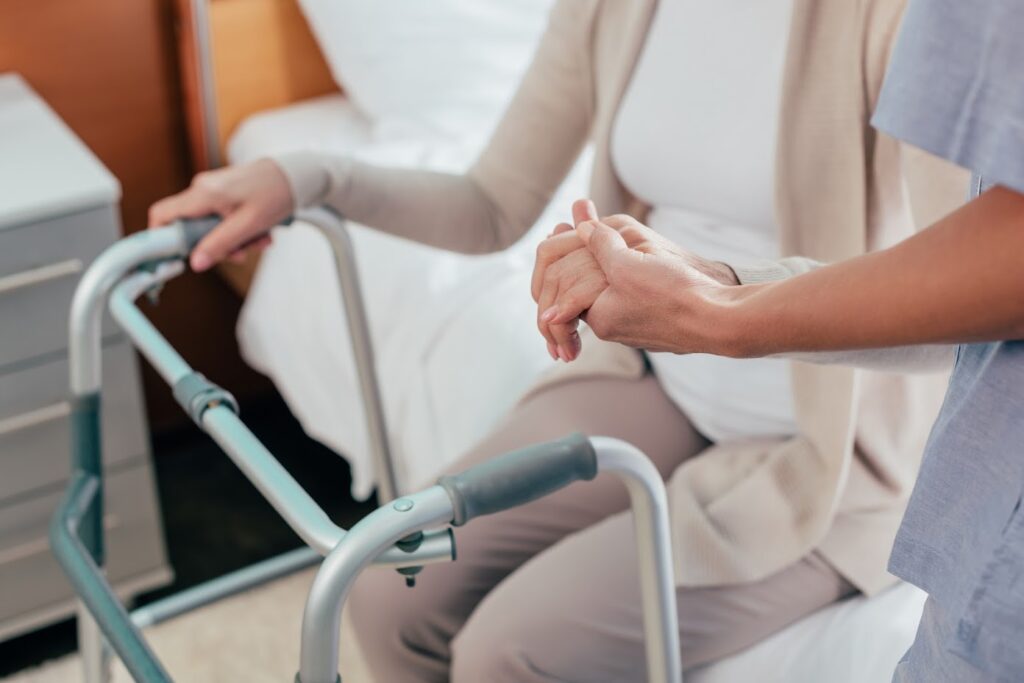5 Critical Statistics on Elder Sexual Abuse and Their Significance

Elder sexual abuse is devastating to direct victims, their loved ones, and society. Unfortunately, sexual abusers continue to prey on the elderly with different attacks. Understanding sexual abuse and related statistics can help get justice and compensation for victims.
Below are elder sexual abuse statistics that shed more light on the issue.
1. Most Cases Occur in Nursing Homes
The statistics vary, but most of them show that the majority of elder sexual abuse cases occur in nursing homes. This ugly statistic means you should not rest on your laurels if you have your loved one in a nursing home. Be proactive to prevent abuse cases before they occur.
In fact, your precautions should start even before your loved one checks into their nursing home. Research prospective homes and avoid those with red flags. These tips can help you choose the right home for your loved one:
- Get referrals from friends and family members
- Visit the homes for firsthand assessment and interview the managers and workers
- Involve your loved one in the search and avoid places that make them uncomfortable
- Confirm nursing home accreditation according to state laws
- Search names of nursing homes online for adverse mentions
Follow these suggestions to ensure your loved one is in a safe environment from the beginning.
2. Victims Rarely Report Their Abuses
Statistics also show that about 70% of elder sexual abuse goes unreported. Because of this, you should not wait for an official report of sexual abuse. Instead, be on the lookout for signs of sexual abuse if your loved one is in a nursing home. Telltale signs of sexual abuse include:
- Physical injuries, such as bruises, around the anal or genital area
- Sexually transmitted infections (STIs)
- Emotional disturbances, such as panic attacks
Treatment and further investigations are necessary if you notice such signs.
3. Primary Caregivers Are Common Abusers
Sadly, most elderly victims of sexual abuse know their abusers. In fact, primary caregivers form the majority of sexual abusers. You should know everyone who takes care of your loved one, especially those that do so regularly. In addition, your queries should start with the people known to the victims if you suspect abuse.
4. Some Demographics Are More Common Victims
Anyone can suffer sexual abuse, but some people are more likely to be victims than others. For example:
- Elderly women are six times more likely to be victims of sexual abuse than men
- Dependent elderly suffer more abuse than their independent counterparts
- Those who suffer from memory impairments, such as dementia, suffer more abuse than those without such conditions
You should take extra precautions if your loved one is weak or vulnerable since abusers prey on such people.
5. Most Cases Have Witnesses
Many cases of elder sexual abuse occur in nursing homes, which are not exactly isolated places. Thus, the fact that many abuse cases have witnesses is not surprising.
Unfortunately, the witnesses might not come forward to volunteer their testimonies. Like victims, potential witnesses might not come forward if they know the abusers. Some witnesses also have impairments, such as Alzheimer’s disease, that affect their ability to testify against abusers.
Thus, you should not assume you have a strong claim just because you have a witness. Gather and preserve all forms of evidence to strengthen your case. Medical records, pictures of injuries, interviews with nursing home staff, and physical evidence (such as torn clothing) can all help your case.
William J. Cooley, Personal Injury Attorney, understands the devastation of learning that a loved one has suffered sexual abuse. Contact us for consultation on nursing home abuse and other injury cases. Let us concentrate on getting your loved one the compensation they need as they concentrate on healing.